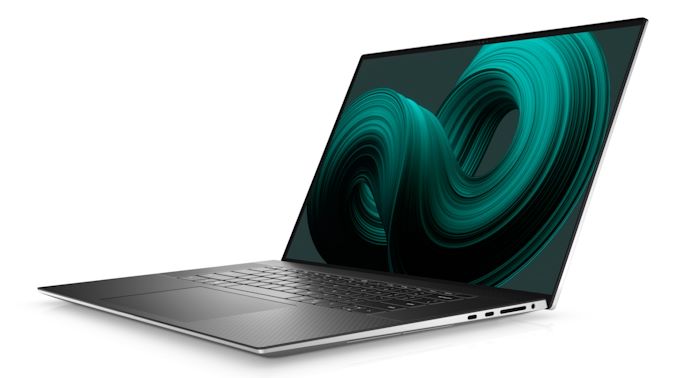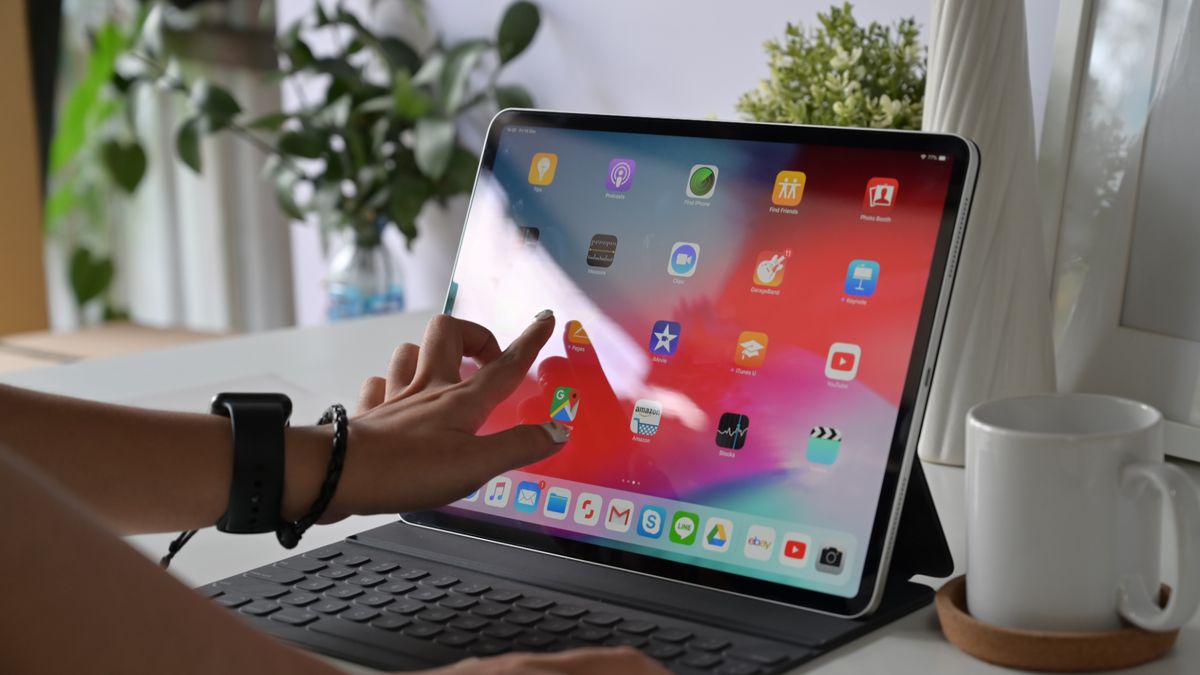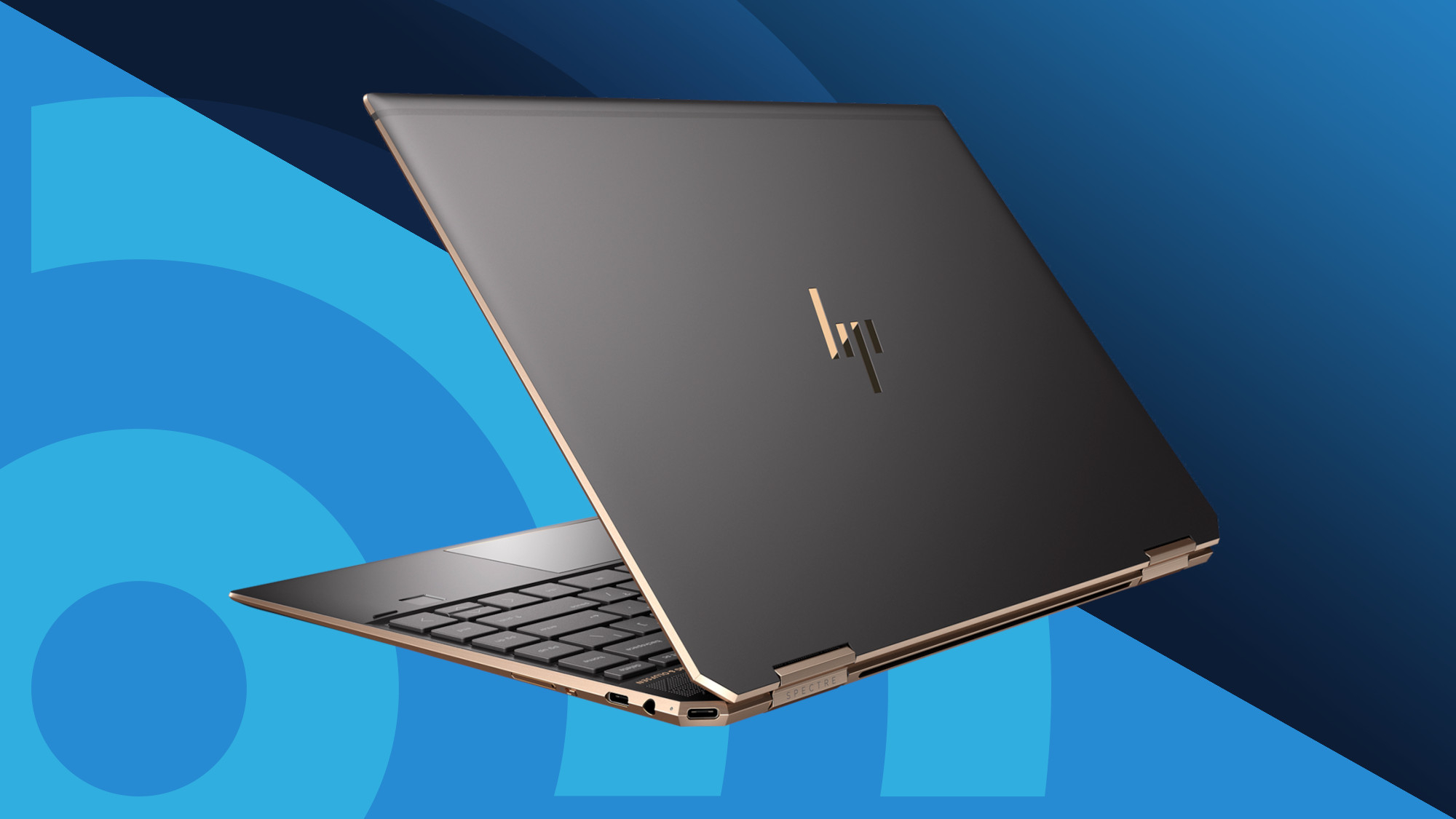Exploring the Carbon Footprint of Refurbished vs. New Laptops

In today’s world, where environmental concerns are at the forefront of global discussions, individuals and businesses alike are constantly looking for ways to minimize their carbon footprints. One area that often gets overlooked in these conversations is the impact of electronic devices on the environment, particularly laptops. The decision between purchasing a brand-new laptop or opting for a refurbished one can have significant implications for the environment. In this article, we will explore the environmental costs associated with new laptops versus refurbished laptops and discuss why choosing refurbished laptops, especially in regions like Pakistan, can be an eco-friendly and economical option.
Understanding Carbon Footprint in the Context of Electronics
A carbon footprint refers to the total amount of greenhouse gases (GHGs) generated by our actions, typically measured in carbon dioxide equivalents (CO2e). Electronic devices like laptops contribute to this through various stages, including production, shipping, and disposal. These stages require raw materials, energy, and water, all of which have environmental impacts. The life cycle of a laptop—from manufacturing to disposal—determines how much carbon is emitted.
When considering the environmental impact of laptops, two key factors stand out: energy consumption and resource extraction. Building a laptop requires raw materials such as rare earth metals and other non-renewable resources. Extracting these materials contributes to environmental degradation, habitat destruction, and resource depletion
The Environmental Impact of New Laptops
Buying a brand-new laptop may seem appealing with all the latest features, updated software, and sleek designs, but it’s crucial to acknowledge the environmental cost behind it. On average, producing a new laptop emits approximately 150-300 kg of CO2, depending on the size, specifications, and energy source used in its production. The carbon footprint is mainly generated through:
- Raw Material Extraction: Mining for precious metals like gold, palladium, and lithium used in laptop batteries and motherboards causes significant environmental harm. The extraction processes release toxic chemicals, disrupt ecosystems, and generate large amounts of waste.
- Manufacturing Process: Laptops are assembled in factories that use considerable amounts of electricity, often from non-renewable sources like coal and natural gas. Producing a single laptop involves multiple stages, including soldering, wiring, and quality testing, each of which adds to the carbon footprint.
- Transportation: Once the laptop is manufactured, it needs to be transported to consumers. Whether it’s air, sea, or road transportation, each mode emits substantial CO2. Laptops are often shipped across continents from manufacturing hubs in Asia to consumers in Europe, the Americas, and other parts of the world, adding to their environmental toll.
- Packaging: New laptops often come in non-recyclable packaging materials, such as plastic foam, which contribute to environmental pollution. Additionally, the energy used in producing these materials further adds to the overall carbon footprint.
Refurbished Laptops: A Sustainable Alternative
On the other hand, refurbished laptops present a more sustainable option for consumers looking to reduce their carbon footprint. Refurbished laptops are typically used or returned devices that have been restored to full functionality by manufacturers or third-party refurbishers. They are tested, cleaned, and repaired before being sold at a reduced price.
The primary benefit of choosing a refurbished laptop is the reduction in demand for new materials and energy resources. Since refurbished laptops already exist in circulation, they eliminate the need for the extraction of new raw materials, thus reducing the environmental damage caused by mining and manufacturing.
Here are some of the key environmental advantages of choosing refurbished laptops:
- Reducing E-Waste: By opting for refurbished laptops, consumers help prevent electronic waste (e-waste) from accumulating in landfills. E-waste is one of the fastest-growing waste streams globally, and laptops contribute significantly to this problem. Refurbished laptops extend the lifecycle of devices, reducing the volume of discarded electronics.
- Lower Carbon Emissions: Refurbishing an existing laptop emits far fewer carbon emissions than manufacturing a new one. Since the laptop is already built, the refurbishing process focuses on repairs and upgrades, which use considerably less energy and resources compared to the production of new devices.
- Energy Efficiency: Many refurbished laptops are upgraded with modern components like solid-state drives (SSDs) and more energy-efficient processors. These upgrades not only improve performance but also reduce power consumption, making them more environmentally friendly during their operation.
- Cost-Effective for Consumers: In addition to environmental benefits, refurbished laptops are often significantly cheaper than their brand-new counterparts. This makes them an appealing option for budget-conscious consumers, especially in countries like Pakistan, where affordability is a key factor for many buyers.
The Role of Used Laptops in Pakistan
In Pakistan, the demand for used laptops has been on the rise, driven by factors like economic constraints, technological needs, and a growing awareness of environmental sustainability. Many consumers are turning to used laptops for sale as a more affordable and eco-friendly option.
Pakistan has a thriving market for refurbished and used laptops, with both local and international sellers offering a variety of options to consumers. The availability of used laptops for sale means that individuals and businesses can access high-quality devices at a fraction of the cost of new laptops. In addition to the cost savings, purchasing a refurbished laptop in Pakistan helps reduce the demand for new products, thereby contributing to a decrease in the overall carbon footprint.
The Importance of Upgrading External and Internal Components
Another way to reduce the carbon footprint associated with laptops is to upgrade existing devices with new components, such as external hard drives and internal hard drives. By upgrading these components, users can extend the lifespan of their laptops, reducing the need to buy a new one.
- External Hard Drives: An external hard drive is a simple and cost-effective way to increase the storage capacity of an existing laptop. Instead of purchasing a new device when your laptop runs out of space, an external hard drive allows you to store large files, photos, and videos without overloading your system. This not only extends the life of your laptop but also reduces e-waste and the carbon emissions associated with manufacturing a new device.
- Internal Hard Drives: Similarly, upgrading your laptop’s internal hard drive can significantly improve its performance. By installing a larger or faster hard drive, you can increase the storage capacity and speed of your laptop, making it suitable for more demanding tasks. This upgrade reduces the need for a new laptop and contributes to lowering the carbon footprint of your device.
Addressing the Global E-Waste Crisis
The electronic waste crisis is a pressing issue worldwide, with millions of tons of discarded electronic devices ending up in landfills each year. Many of these devices, including laptops, contain toxic materials like lead, mercury, and cadmium, which can contaminate soil and water supplies. When laptops are thrown away prematurely, they contribute to this growing problem.
Promoting Sustainability Through Informed Choices
The decision to buy a new or refurbished laptop ultimately comes down to personal preference, budget, and the intended use of the device. However, from an environmental standpoint, the choice is clear. Refurbished laptops offer a more sustainable option, helping to reduce the carbon footprint associated with electronic devices. Additionally, upgrading existing laptops with new components like external and internal hard drives can further extend the life of the device and minimize environmental impact.
Conclusion
In conclusion, the environmental impact of laptops is a significant concern that should not be overlooked. While new laptops offer the latest technology, they come with a hefty environmental price tag due to the energy and resources required for their production. In contrast, refurbished laptops provide a sustainable alternative that helps reduce carbon emissions, prevent e-waste, and extend the lifespan of existing devices.
For consumers in Pakistan, the growing market for used laptops offers an excellent opportunity to make environmentally conscious purchasing decisions. By opting for refurbished laptops and upgrading components like hard drives, individuals can play a part in minimizing their carbon footprint and contributing to a more sustainable future.


